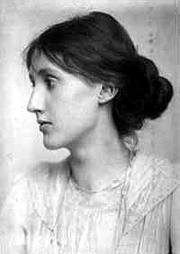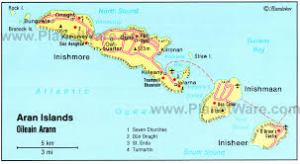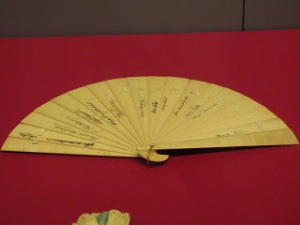…Virginia Stephen, 23, is anticipating the arrival that evening of the Cambridge University friends of her brother, Thoby, 25.
A few weeks before, Thoby had announced that he would be ‘at home’ on Thursday evenings, and visitors would be welcome. Slowly, his Cambridge University buddies have started to show up, recreating the late night talks of their college days.
Lytton Strachey and Saxon Sydney-Turner, both also 25, and Clive Bell, 23–some had been members with Thoby in the ‘secret’ society, the Apostles, but not Clive. Virginia is jealous that these men have had the advantage of a university education, denied to her.
But these men, smoking their pipes, are different from the ones she had been forced to socialize with previously. These men do not appear to be interested in marriage. And she feels no physical attraction to them. As she remembered years later,
It was precisely this lack of physical splendor, this shabbiness! that was in my eyes proof of their superiority. More than that, it was, in some obscure way, reassuring; for it meant that things could go on like this, in abstract argument, without dressing for dinner, and never revert to the ways, which I had come to think so distasteful.
This year, we’ll be telling stories about these groups of ‘such friends,’ before, during and after their times together.














